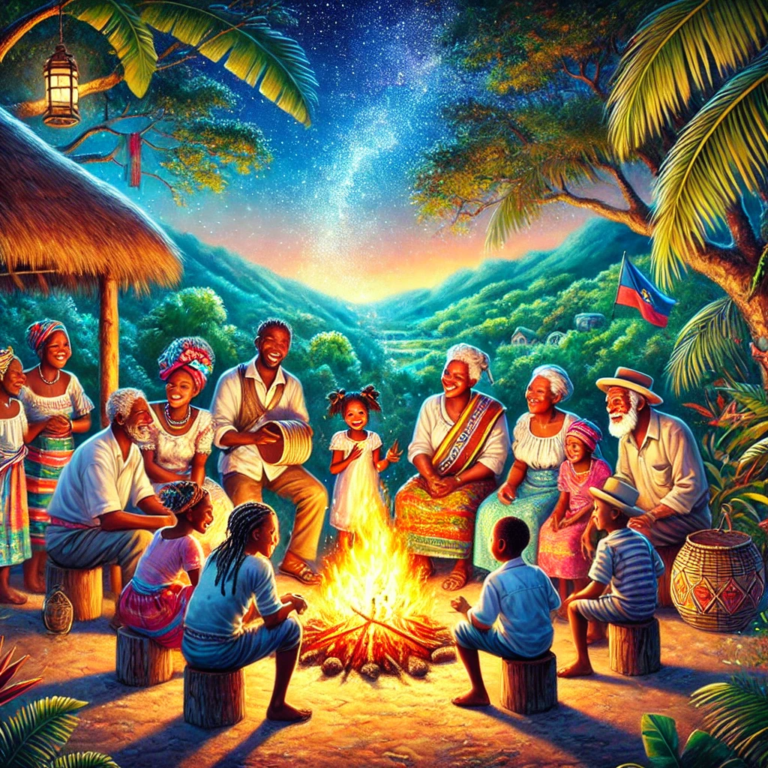It’s December 24th, the most anticipated night in Haiti—Nwèl!. Across the country, from bustling Port-au-Prince to tranquil...
Haiti
The mansion lay shrouded in silence, the weight of the mysterious letter delivered at dinner still pressing...
The morning sun pierced through the heavy drapes of the Figaro mansion, casting a golden glow over...
The Figaro mansion seemed to hum with a life of its own as the enigmatic doctor stood...
The Figaro mansion was still basking in the glow of the previous night’s gala, where laughter, champagne,...
Chapter 1: In the heart of Port-au-Prince, where luxury towers above the bustling streets yet shares an...
There’s a magic in Haitian culture that transcends time—a sense of warmth, unity, and joy that weaves...
There’s a magic in Haiti that lingers in the heart long after the sun sets behind the...
Donald Trump’s recent false claims that Haitian immigrants in Springfield, Ohio, have been eating dogs and cats—echoed...
In the northern reaches of Haiti lies a beacon of hope and unity: the New Canal in...















